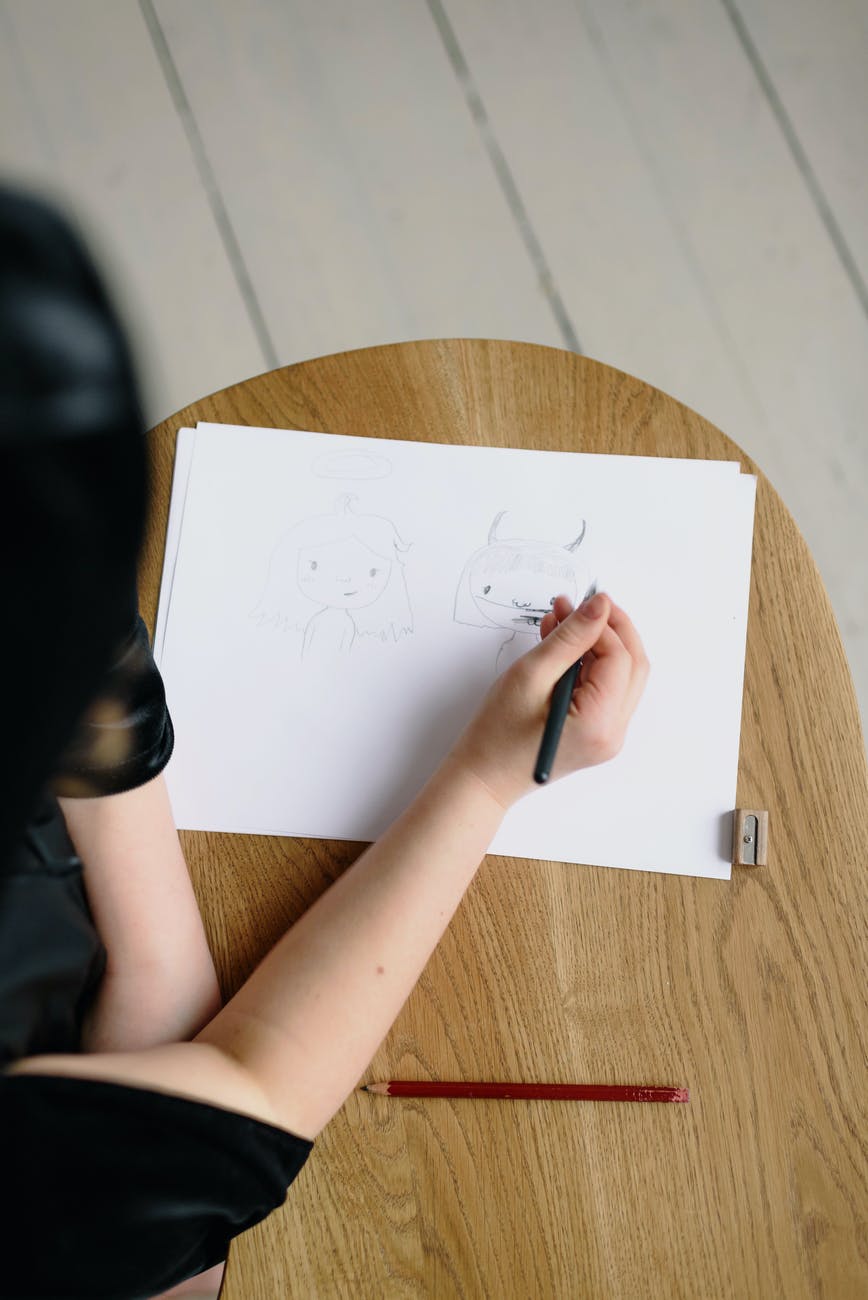Introduction
This is an artist’s attempt on an artist take, on some of the concepts from the lecture series: “Psychology of Performance” by Dr Eddie O’Connor mainly aimed at Sports Psychology and Performance. This chapter is about Commitment.
I was inspired to do this after seeing how related to art it can be, after Marshall Vandruff mentioned it so many times in the Draftsmen Podcasts.
I wanted to do a version for artists who want to get the practical gist of it and/or need an artist’s perspective on it, if they feel like it’s not applicable to practicing art. Some chapters like being a good sports parent don’t really apply for example.
There is some overlap between chapter points that I will try to condense for succinct points for quick reading, summarized as best as I can and art related examples of certain points to show how it can be applied to practicing art.
The original material are strongly recommended if you require more information/scientific evidence of the concepts.
Commitment
There’s different layers about the issue of commitment towards art. A lot of emotions, problems and risks are involved. Forms of sacrifice are necessary towards any goal, be it time, effort, money, etc.
How do you commit? Either values or emotions drive our behaviour, commitment is when values drive our behaviour, rather than our emotions, commitment is not promising or feeling. It goes back to how values push us towards our goals with actions that show we have and care about those values, and how this affects our art journey.
For example, being professional means letting your values push you forward to completing a art commission/project, regardless of your emotions.
An Important Reality Check: Think about what you don’t like and don’t want to do, how do you handle having to do them (drawing fundamental practice like still-lifes for example)? Are you fully aware of the things you don’t like to do and don’t want to do but have to do to reach your goals (social media marketing your art, being present and showing your art online) ? Do you comprehend the daily grind and unpleasantness of deliberate practice to get towards your goal? Are you ready for all the good AND the bad that will happen? Are you ready to commit?
Reflect on these questions and think about the things you have to do to get towards your goals, this goes hand in hand with values and goals and what behavioural actions do you take towards your goal. Do you commit to that? Art Professionals do.
This also goes hand in hand with deliberate practice needing you to be out of your comfort zone. You cannot be comfortable and take risks to improve at the same time.
There’s evidence for a art community/like-minded circle of people pushing you and each other to reach their goals, like art students in a cohort with a pressure cooker environment, encouraging each other to clear the year. Having people around you working towards the same goal encourages you to commit and work harder as well, connecting with them and having fun or suffering together in what you do helps, a common desire to succeed helps each other as well.
Commitment is about letting unhelpful useless thoughts and emotions go through mindful acceptance and letting useful ones through to the forefront to act upon.
If you have other more enticing alternative things to do rather than what you need to do, your commitment level will go down, scrolling through social media is more easier and enticing than working on a hard art piece, lessening your options leads to more commitment which is why some people do use apps that block social medias entirely on their computer no matter what for a period of time.
There’s investments and costs in your art journey, there’s investments you put in like time, effort, energy, etc. into your art, there’s costs like possible injury, emotional stress, etc.
The investments that cannot be regained if you stop your journey, strengthens your commitment, if you see that as a loss, you feel like if you put so much time and effort into something and not have it succeed, its a loss you have to recuperate. However, if you do not see it as a sacrifice instead of a loss, then there’s no effect. The same investments do not affect everyone’s commitment level the same way.
Costs affect your commitment negatively, and you have to use your value system to filter what makes it worth it to do what you do.
Depending on your task performance and the goal’s difficulty, you will have different levels of commitment. Low goal difficulty and having high level performance gives higher levels of commitment, because they are easy to do, and you are good at doing them, it makes it easier to commit to those tasks. However, with a low difficulty, these goals, they won’t help you improve your art.
Going by deliberate practice theory, you have to have moderately difficult goals to improve faster, not too high that you will do badly and not commit to you but difficult enough to put you out of your comfort zone.
I have other related articles here to expand upon the topic.
If you liked what you read, please consider supporting me on Patreon (monthly) or ko-fi (one time donations.
Please browse my Gumroad, my Redbubble and my Youtube Channel as well.
Keep Creating~!
JR

